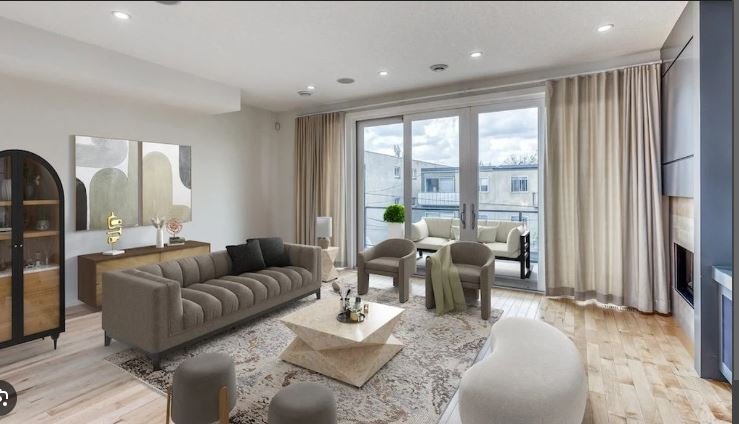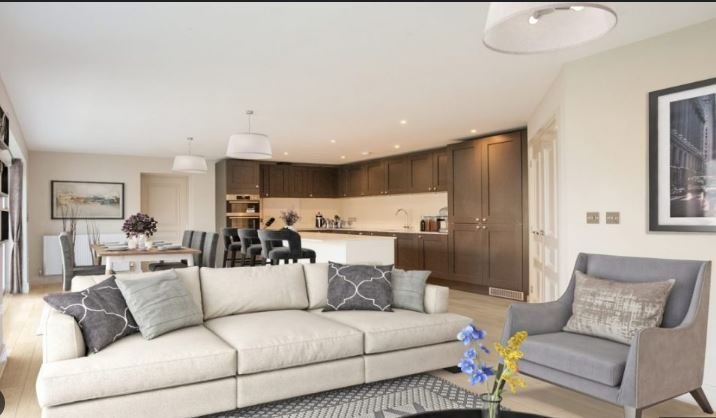Virtual staging offers a powerful way to enhance real estate videos by showcasing properties in their best light. Integrating virtual staging into your real estate videos can help potential buyers visualize the space’s full potential, making your listings more attractive and engaging. Here are some essential tips for effectively incorporating virtual staging into your real estate videos.

Understanding Virtual Staging
Virtual staging involves using computer-generated images to furnish and decorate an empty property, allowing potential buyers to see how the space can be utilized. This technology helps highlight a property’s strengths, making it easier for buyers to imagine living there. Understanding this concept is the first step in leveraging it effectively in your real estate videos.
Choosing the Right Software
Select high-quality virtual staging software to ensure professional results. Look for software that offers a wide range of furniture and decor options, realistic rendering capabilities, and user-friendly features. Top choices include Matterport, VHT Studios, and BoxBrownie. The right software can make a significant difference in the quality and impact of your staged visuals.
Preparing the Property
Before integrating virtual staging, ensure the property is clean and well-lit. Capture high-resolution, well-composed video footage of each room from multiple angles. This footage will serve as the base for adding virtual staging elements. Proper preparation ensures that the final video looks cohesive and polished.
Selecting Appropriate Furnishings
Choose furnishings and decor that complement the property’s style and target market. For example, modern, sleek furniture works well for contemporary homes, while classic, elegant pieces suit traditional properties. Ensure that the virtual furnishings align with the property’s architecture and aesthetic to create a believable and appealing presentation.
Maintaining Consistency
Consistency is crucial when integrating virtual staging into real estate videos. Ensure that the virtual staging elements are consistent with the overall style of the home and with each other. Discrepancies in design or decor can distract viewers and detract from the effectiveness of the staging.
Enhancing with Virtual Staging
Use virtual staging to enhance key areas of the property, such as the living room, kitchen, and bedrooms. Focus on spaces that benefit most from visualizing potential uses, such as vacant rooms or spaces with outdated furnishings. Highlighting these areas can significantly increase a property’s appeal to potential buyers.
Incorporating Interactive Elements
Consider adding interactive elements to your virtual staging video to engage viewers further. For instance, you could include clickable hotspots that provide additional information about specific features or furniture items. Interactive elements can enhance the viewer’s experience and provide more detailed insights into the property.
Balancing Virtual Staging with Real Footage
While virtual staging is effective, ensure it complements rather than overshadows real footage. Balance virtual staging with actual video clips of the property to provide a comprehensive view. This approach helps maintain authenticity and gives viewers a clear understanding of the property’s true condition.
Creating a Narrative
Weave a narrative into your video that guides viewers through the property. Use virtual staging to illustrate different scenarios, such as family gatherings in the living room or cooking in the kitchen. A compelling narrative enhances the emotional connection viewers feel with the property.
Optimizing for Online Platforms
Optimize your virtual staging video for online platforms by ensuring it is properly formatted and includes engaging visuals. Use relevant keywords in your video title, description, and tags to improve search visibility. High-quality video and optimized metadata can increase your video’s reach and effectiveness.
Promoting Your Video
Promote your virtual staging video through various channels to maximize its impact. Share it on social media, your real estate website, and email newsletters. Consider using targeted ads to reach potential buyers in your desired demographic. Effective promotion helps attract more viewers and generates interest in the property.
Conclusion
Integrating virtual staging into real estate videos can significantly enhance property presentations and attract potential buyers. By selecting the right software, preparing the property, and maintaining consistency, you can create compelling and realistic virtual staging that highlights a property’s potential. Balancing virtual staging with real footage and optimizing for online platforms further increases the impact of your videos. Promote your video effectively and gather feedback to continuously improve your virtual staging strategy.

